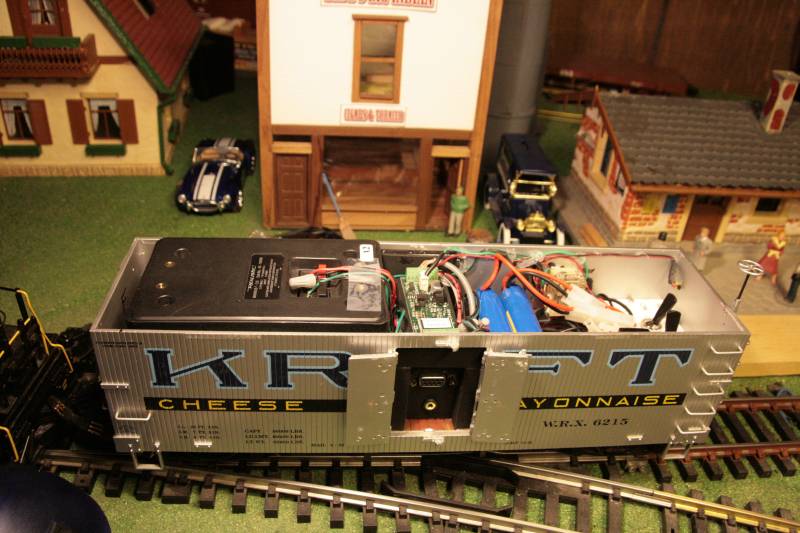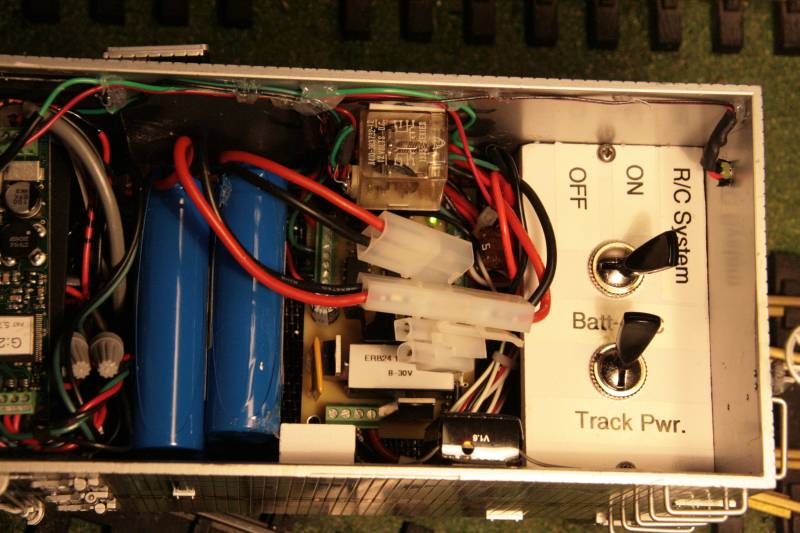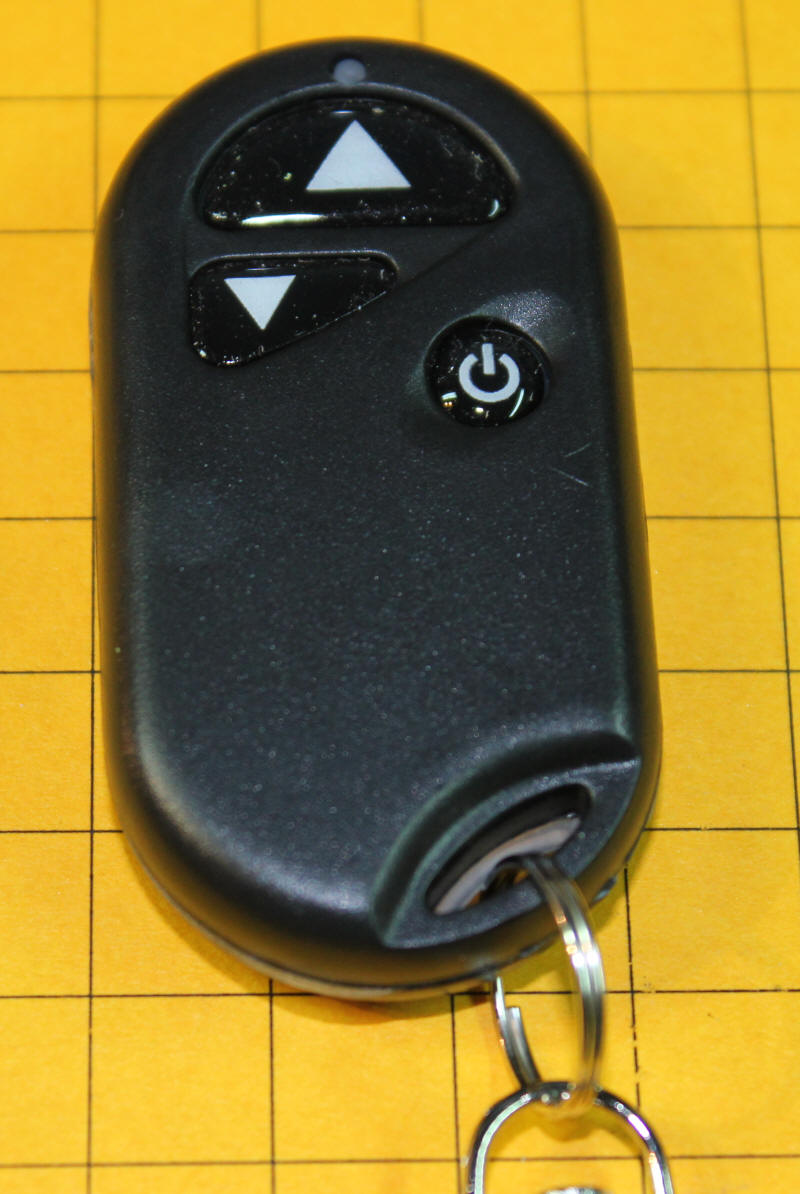Today was a rare nice day in these parts so running trains was on my mind. After a tough time of dealing with dirty track and cleaning engine wheels I’m thinking I need a battery RC engine.
I like my track power since it is usually reliabe and it works for any of my 7 engines that get regular use and the 10 or so more that sometimes do.
Question: I have a Aristocraft RS3 that is going under the knife this Winter. If I were to battery RC this engine what would the be the easiest to install and operate and least expensive system to use? Since this a small loco I understand I would probably need to setup a battery trailing car.
Can I setup this loco to work on battery then flip a switch and bring it back to track power?
Thanks.



